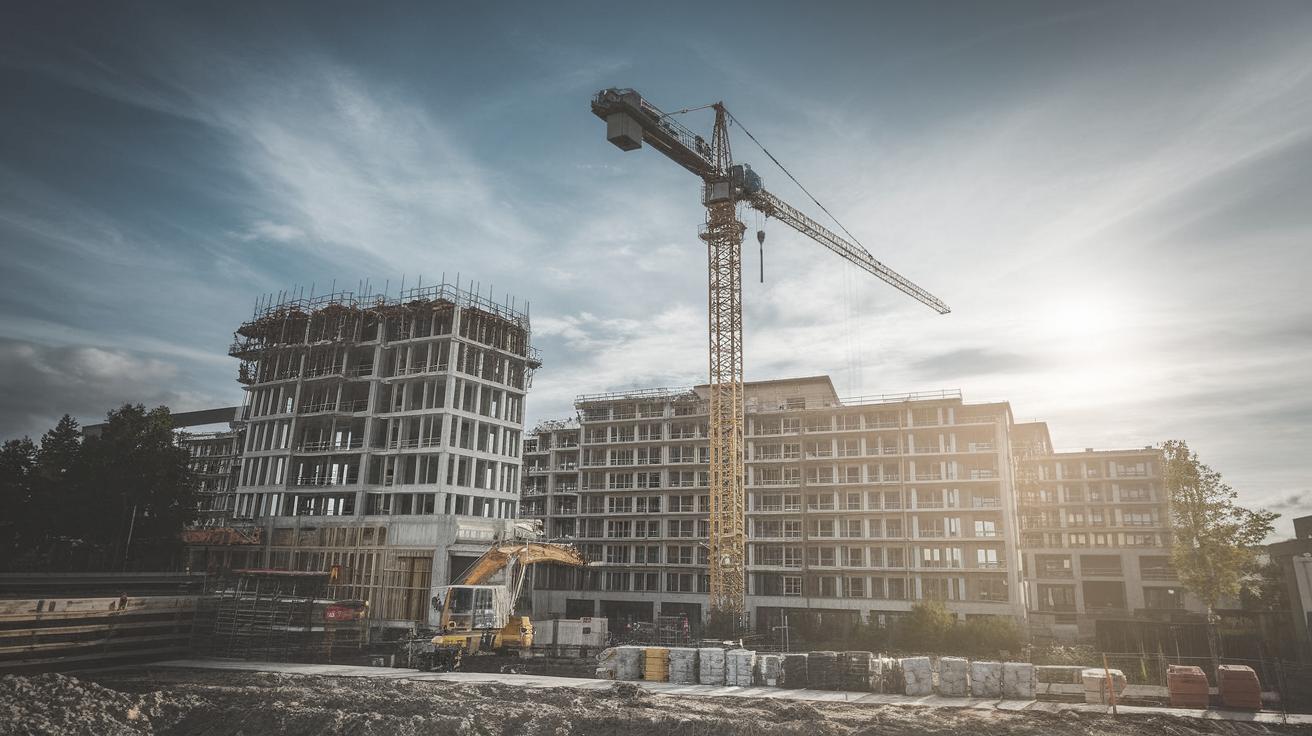How to Evaluate a Construction Site for Potential Issues
Evaluating a construction site for potential issues is a critical step in any building project. A thorough assessment can help identify potential problems and mitigate risks, ensuring a smooth and successful construction process. This comprehensive guide will walk you through three essential steps for assessing building sites: establishing criteria, prioritizing those criteria, and finally, rating and selecting the suitable sites. By carefully analyzing these factors, developers, contractors, and stakeholders can make informed decisions that promote safe and efficient construction practices. We’ll also provide further resources for those interested in diving deeper into the complexities of site evaluation.
Three Steps for Evaluating Potential Building Sites
1. Establish Criteria
The first step in evaluating a construction site is to establish clear criteria for assessment. This involves identifying specific factors that could impact the construction project’s success. Key considerations may include the location’s topography, soil stability, access to utilities, and potential environmental impacts. Local zoning laws and regulations also play a vital role in determining if a site is viable for the intended construction. Engaging with experts such as geotechnical engineers and environmental consultants can provide valuable insights into these aspects.
Another essential factor is understanding the site’s historical context. Research whether the location has encountered prior issues such as contamination, flooding, or land disputes. Documenting these criteria not only helps in comprehensive evaluation but also aids in legal compliance and aligns with long-term strategic planning. Thorough documentation ensures that everyone involved in the project understands the inherent opportunities and challenges of the site.
2. Prioritize Criteria
Once criteria are established, prioritizing them becomes crucial. Not every factor will carry the same weight, and what matters most can vary depending on project objectives, budget, and timeline. Essential elements like environmental restrictions might outweigh others if sustainability is a key project goal. Conversely, for projects focused on rapid construction, transportation and logistics might take precedence to ensure materials and labor can reach the site efficiently.
Effective prioritization involves collaboration among the project’s stakeholders. Conduct meetings with architects, planners, and financial advisors to discuss which criteria should be prioritized. This collaborative effort allows for a balanced approach, where differing perspectives are harmonized towards a common goal. Additionally, using a decision matrix can help assign numerical values to each criterion, offering a clearer view on how they rank in importance.
3. Rate and Select Sites
Once priorities are set, the third step is to rate each potential site against the established criteria. By using a systematic rating system, each site can be objectively assessed to determine which best meets the project’s needs. This evaluation often involves scoring sites across various categories and comparing those scores to reflect a site’s overall viability. Several methodologies, such as SWOT analysis (Strengths, Weaknesses, Opportunities, Threats), can be employed to ensure comprehensive evaluation.
The selection process should conclude with a detailed site report that outlines the findings. This documentation will serve as a reference for decision-makers, ensuring transparency in the selection process. Ultimately, selecting a site that aligns closely with prioritized criteria can significantly enhance the likelihood of project success while managing cost and mitigating risks effectively.
Learn More About Site Selection
Site selection is a multifaceted process that requires in-depth understanding and critical analysis. To further explore this subject, consider engaging with professional workshops and reading technical publications that tackle the latest trends and technologies in site evaluation. Networking with industry professionals via conferences or online platforms can also provide fresh insights and emerging best practices.
Building a solid foundation of knowledge will not only aid in current projects but will also prepare you for future challenges the construction industry tends to face. Staying informed ensures that you remain adaptable and capable of applying innovative solutions to complex site evaluation issues. Remember, the more informed the decisions made during site evaluation, the higher the potential for a project’s long-term success.
Summary of Main Points
| Step | Description |
|---|---|
| Establish Criteria | Identify relevant factors including topography, access to utilities, and environmental impacts. Engage with experts for deeper insights. |
| Prioritize Criteria | Rank criteria based on project goals, budget, and timeline. Use collaboration and decision matrix for balanced prioritization. |
| Rate and Select Sites | Systematically assess sites using a rating system and methodologies like SWOT analysis. Create a detailed site report for decision makers. |


